High in the Aspromonte mountains in the toe of Italy’s boot lies the ancient Calabrian village of Bova. Over the last two millennia, a series of invaders and settlers have left their mark on the Aspromonte, including the ancient Greeks – influencing a way of life from farming to language.
Protected by the absence of roads until the mid-20th century, remnants of this Greek culture survive in Bova. The Greco-Calabro language, spoken day-to-day only by local goatherders and the elderly, includes words and phrases from ancient Greek. And for centuries, locals have created “Persephoni” – woven symbols of Persephone, the Greek goddess of spring, to celebrate the season’s arrival and invoke an abundant agricultural year.
Made from olive leaves woven onto canes and decorated with local wildflowers, fruit and goat’s cheese, these figures represent an important ritual to mountain people whose lives have depended on the land for centuries. Gradually, as Christianity was adopted by the Romans, these figures were absorbed into Catholic rituals by these local people.
From the 1990s, the Persephoni figures attracted attention as interest in the Greek cultural influences of the area grew. Then, in 2013, the local bishop refused to allow Persephoni to enter Bova’s cathedral after being informed these structures were folkloric puppets (pupazze) – a move that threatened this longstanding tradition with pre-Christian roots.
Challenging ideas of what is ‘modern’
As well as researching food, farming and ecotourism in the Aspromonte mountains, I investigate the negative effects of stereotypes of this area – and how contemporary local practices challenge ideas of what is “modern”. As part of this study, I visited Bova and spoke to villagers about their way of life.
Some told me how, in 2014, they successfully put pressure on the church to restore their cherished Persephoni tradition. They explained to the bishop the importance of the Persephoni, and the church’s blessing for this ancient tradition – which prompted him to relent and allow the figures back into Bova’s cathedral.
Aurora Moxon, Fourni par l’auteur
However, as I witnessed earlier this year, the current priest’s message reiterated the church’s distance from what it calls “folklore” – despite the thousands of visitors the Persephoni attract to Bova, a village that is losing its young people every year to other towns and cities. Journalists and anthropologists continue use the term “puppets” to describe the Persephoni, which puts emphasis on a more pagan intepretation.
In nearby Locri, archaeologists have unearthed terracotta reliefs called pinakes (depicting the goddess of spring and the agricultural seasons) at the site of a shrine to Persephone. Referred to as the “flower-faced maiden” in the Homeric Hymns – a collection of 34 Greek poems addressed to the ancient gods – it’s not hard to understand why locals believe their celebration of Persephone has Ancient Greek origins.
Carrying their Persephoni around Bova on Palm Sunday and receiving the priest’s blessing before taking them into mass is one of the most important moments of the religious year for locals here. It’s the culmination of a month of long evenings spent plaiting pairs of olive leaves from local trees and attaching them to cane skeletons. Two metres tall, the largest Persephone is carried by Bova’s mayor.
On the eve of Palm Sunday, people decorate their Persephoni with fruits and flowers picked from local hillsides, and the following morning, goat’s cheeses called musulupu are added on. Some of these cheeses take the form of men and women, others are circular with “teats”. Like Persephone, they symbolise fertility and new birth.
Every year, thousands of people visit Bova to watch the procession, after which the local people hand out chunks of musulupu and ’nguta (a biscuity cake with hard-boiled eggs baked into the mix) in the town’s main square.
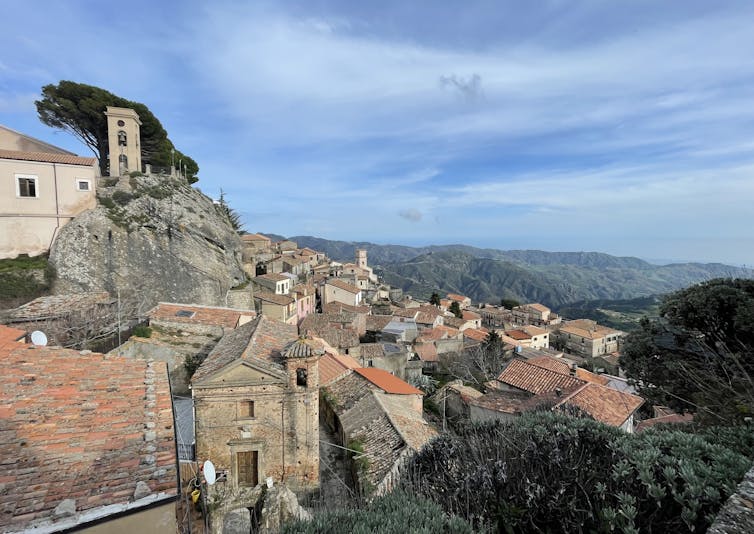
Aurora Moxon, Author provided (no reuse)
Population decline, cultural loss
Like much of Italy’s south, especially its mountainous areas, Bova has long suffered the effects of emigration. Today, inhabitants are attracted to jobs and the lifestyle in towns along Calabria’s built-up coast. In the 1970s, Bova’s population numbered 1,401; today it hovers around just 400.
Young Bovesi feel compelled to leave the region once they have finished school. Agropastoralism, a form of subsistence farming involving the cultivation of crops and raising livestock, does not appeal to many youngsters, and yet a number of villagers continue to work as goatherders and small-scale farmers. Once landless, they now find themselves in a position to buy up abandoned land.
Goatherders milk their capre Aspromontane, an indigenous breed of goat, to make the cheeses attached to the Persephoni, pressing them into intricately carved wooden moulds. These goatherders use words from Greco-Calabro to describe their goats: zzarì means “grey coat”, for example, and zzerògasto means “hard to milk”.
While the Greco-Calabro language is a source of pride, the historic association of this language with herders and landless peasants has contributed to its decline.

Aurora Moxon, Author provided (no reuse)
Today’s grandparents discouraged their children from speaking it, as the language had become a marker of shame and perceived backwardness. This is part of a wider problem that sees the denigration of southerners in Italy – particularly in rural areas – as backward terroni, meaning “people who are the dirt beneath our feet”.
But herders and small-scale farmers in the mountains are also often called backward by middle-class Calabrians in cities and coastal towns. The relentless association of Calabria – and the Aspromonte in particular – with organised crime exacerbates the marginalisation of this area.
Through their symbolic figures of Persephone, the Bovesi people assert the value of their deeply rooted rural identity and ancient agropastoral spirituality, insisting the Catholic church recognises this hybrid religious practice. The determination to preserve it speaks of resistance in the face of population decline and cultural loss.

Looking for something good? Cut through the noise with a carefully curated selection of the latest releases, live events and exhibitions, straight to your inbox every fortnight, on Fridays. Sign up here.
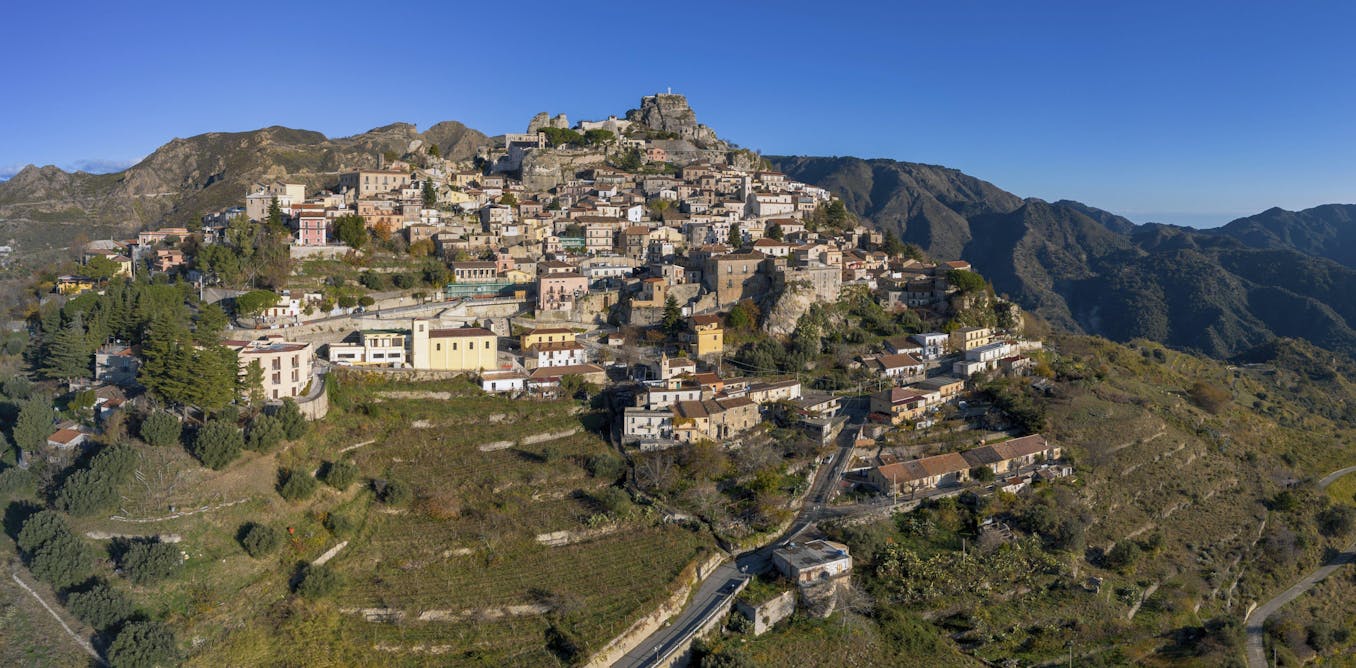
The post “How a church row over a pre-Christian ritual reflects an ancient Italian village’s battle for survival” by Aurora Moxon, Postdoctoral Fellow, University College Cork was published on 08/26/2025 by theconversation.com










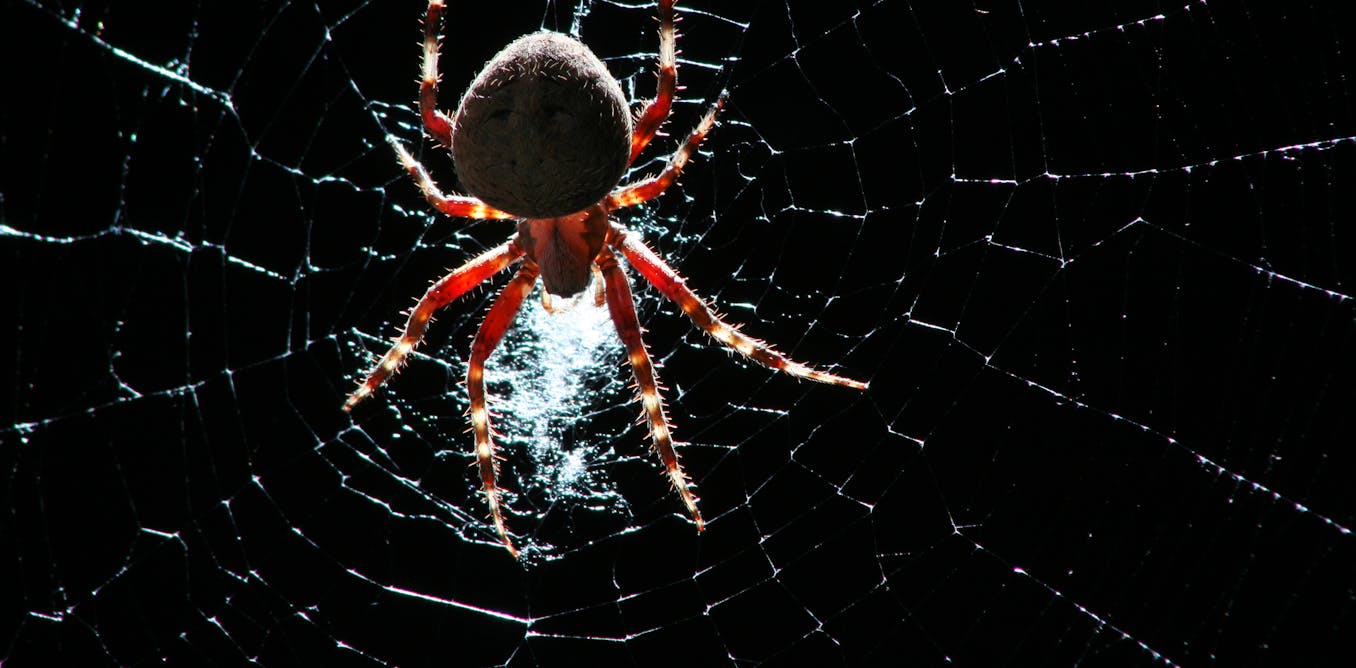
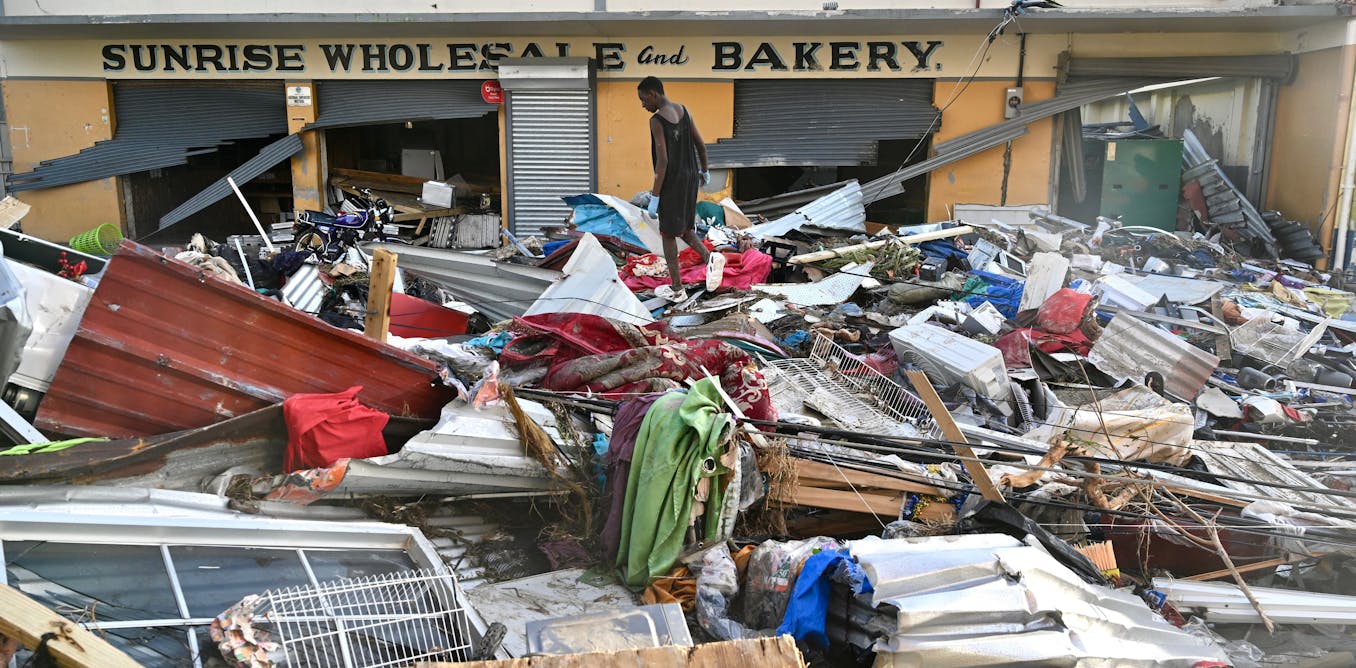
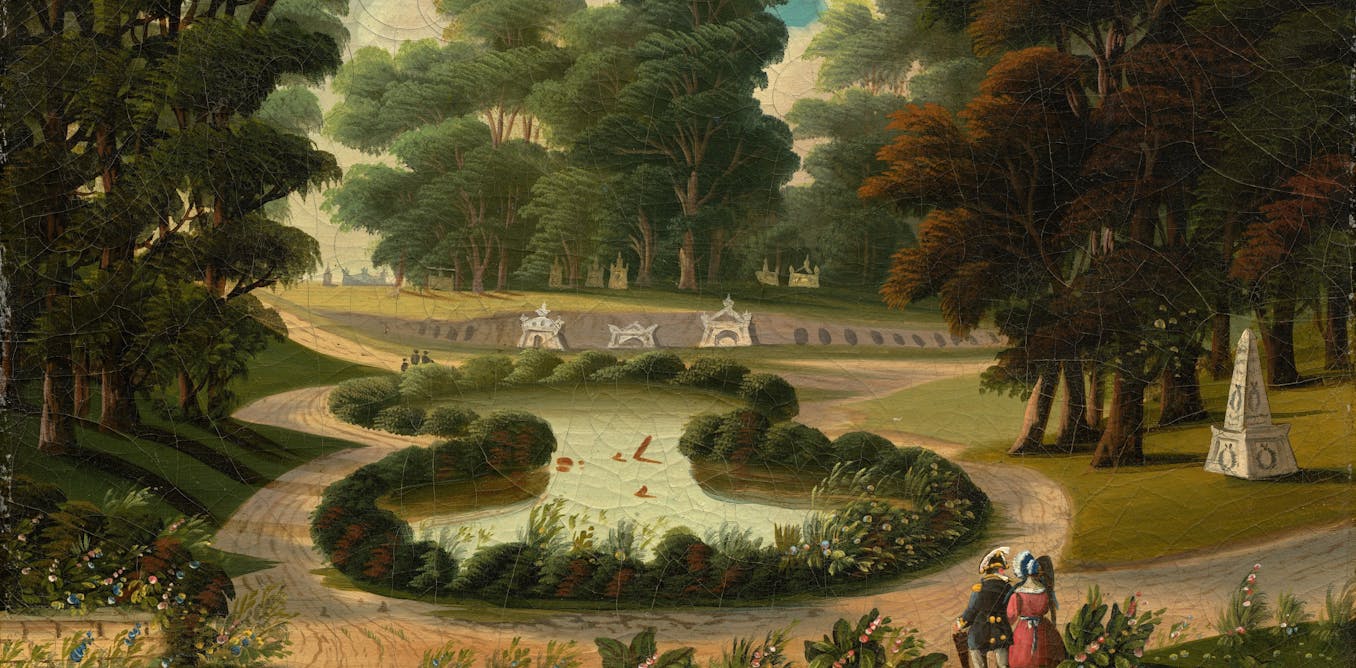
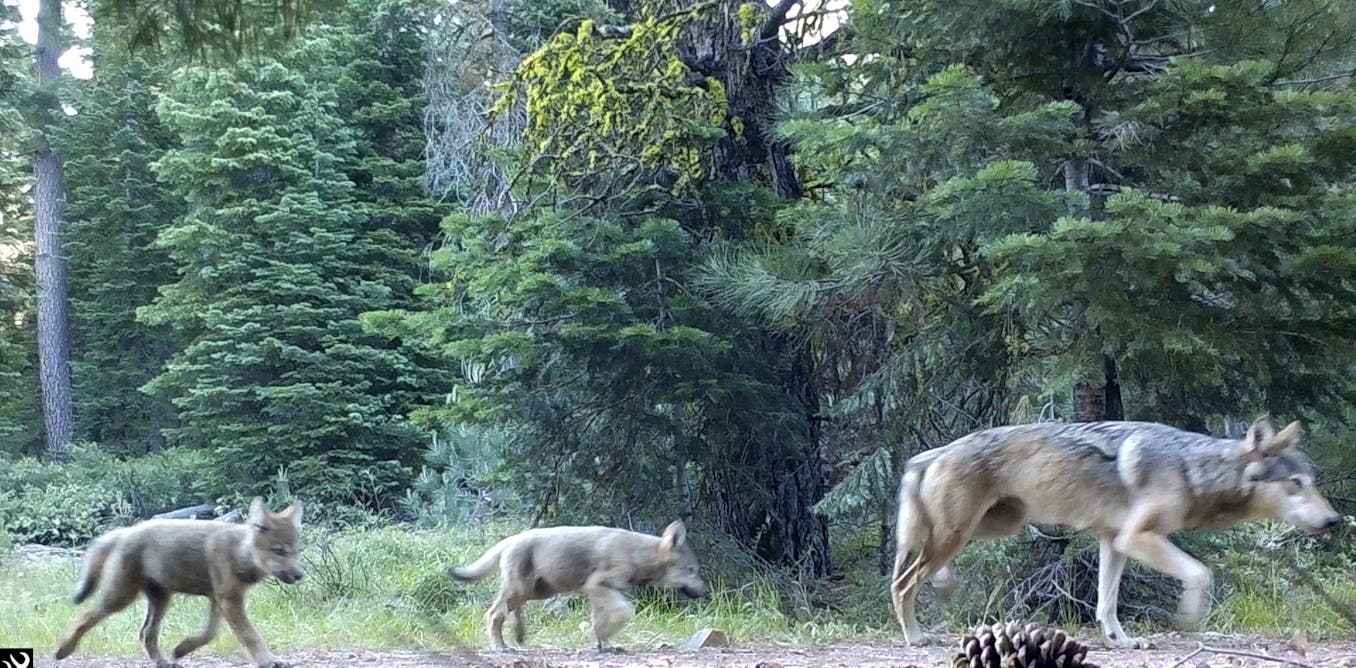















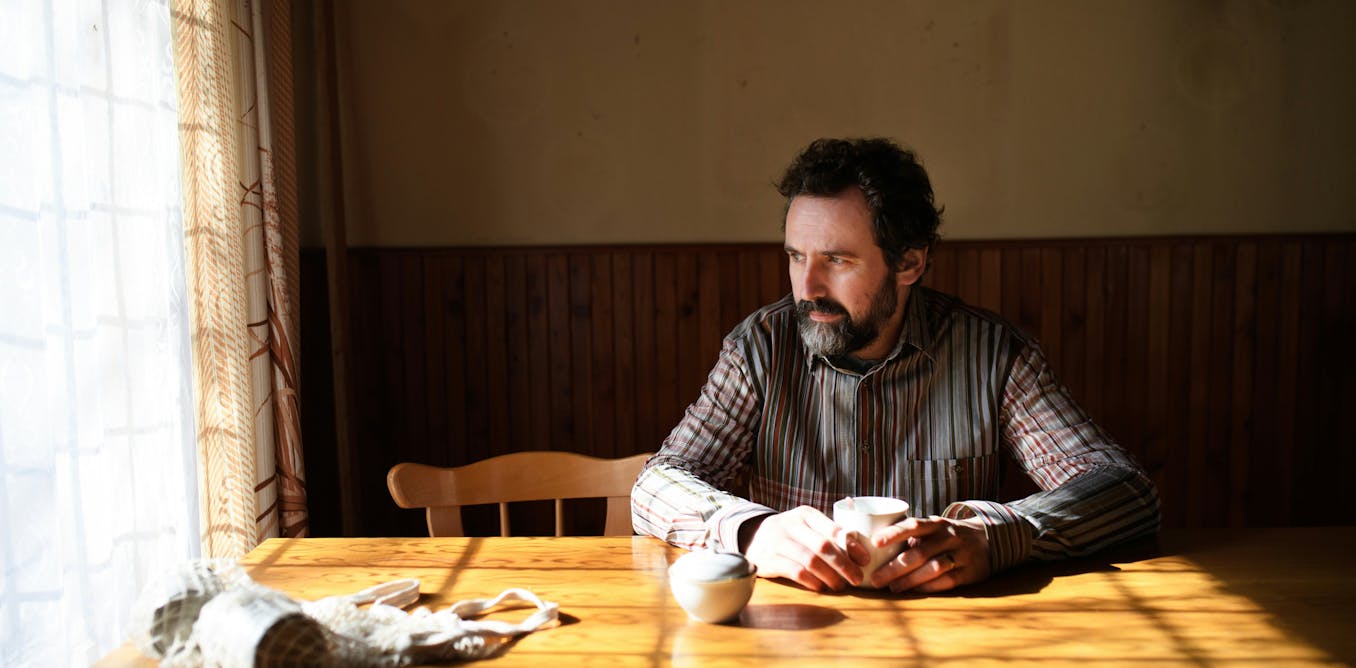






Leave a Reply